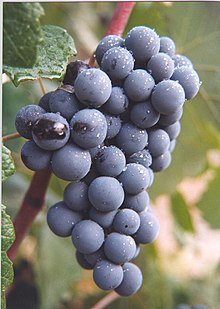Sometimes things happen when you are cooking that you think are mistakes but they turn out to be positive experiences from a taste standpoint. One of those things happened tonight. I picked up two beautiful boneless thick cut pork chops (Lowe’s $4.68/lb.) to cook with the green cabbage I had purchased at Pro’s Ranch Market last week ($.25/lb), because I know that one of the dinners that Suzette loves is pork anything with sautèed cabbage and apples and onions. Since I had to go to meditate by , I started chopping cabbage into strips at
Suzette came home at around and when I showed her the lovely fresh pork chops, she agreed immediately to cook them and the skillet full of cabbage strips I had placed on the stove ready to cook. We decided to fix dinner before my departure for mediation at , so I asked her what kind of apple she wanted, Jonathan or Granny Smith. Suzette said Granny Smith, so I went to the garage fridge, but found only a Fuji
We learned our favorite recipe for sautèeing cabbage on a trip to Budapest
About five to ten minutes later when I returned to the kitchen with the chopped apple, onion and garlic, I discovered that the cabbage had been left on high heat and some of the strips on the bottom of the pile next to the skillet had darkened considerably (toasted or charred). I turned down the heat immediately and added the diced apples, onions and garlic and called Suzette. I took out a few of the more blackened cabbage strips and tasted them and they tasted crisp and toasted. Suzette added some butter to keep the mixture from burning any further and we continued to sautée the cabbage uncovered. I went to change for mediation and Suzette added some apple cider vinegar to the mix and flipped the chops. When I returned she asked if I wanted sugar snap peas and I said yes, so we stringed about ¾ cup of peas and steamed them for about five minutes, while I went to the basement fridge and fetched a bottle of a recently purchased Albero Rose Bobal 2010 (Trader Joe’s $5.99). I opened it and it tasted decidedly dry, like a dry Rosado (not much fruit). Rather than get another bottle, we decided to try it with the dish to see if it was food friendly.
I poured full glasses of the wine to let it breath and we then each plated up a chop, some of the sautéed cabbage and each took half of the steamed peas. (See picture).
We were eating by and by I was on my way to meditation.
The wine was better with the food and after it opened up a bit, but it was still breathtakingly dry; drier than a Laxas albarino. The Albero Rose would be great with a piece of grilled fish with lemon.


No comments:
Post a Comment